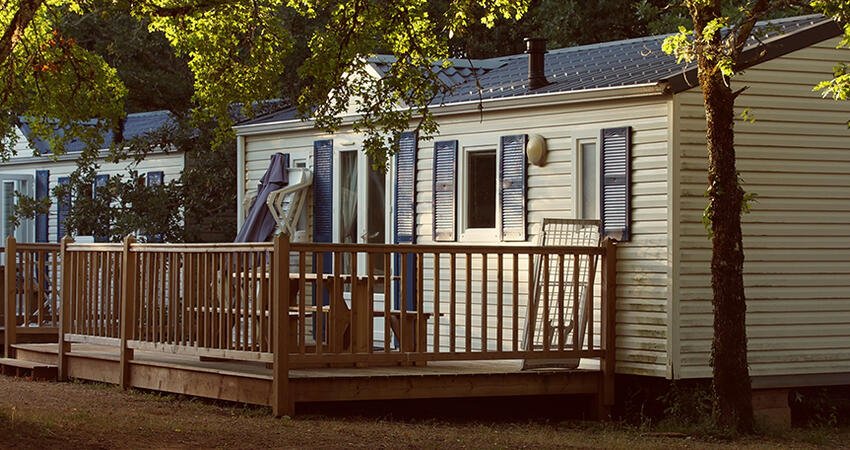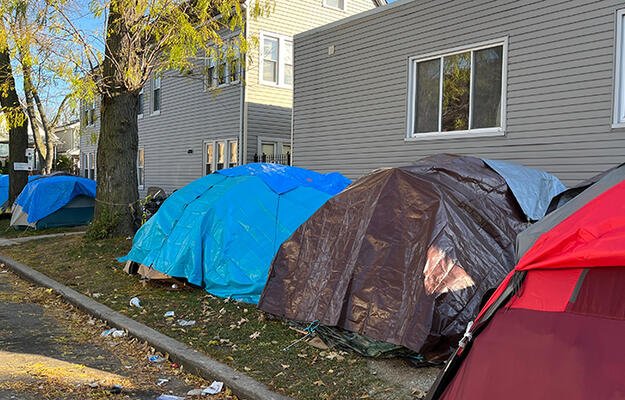
Mobile Home Park Closures: The True Hidden Housing Problem?
- Title:
- Mobile Home Park Closures: The True Hidden Housing Problem?
- Author:
-
Esther Sullivan
- Source:
-
City & Community
- Publication Date:
-
2017
In the past three decades, mobile homes have spread rapidly and expansively. This type of manufactured housing arose to fill a critical demand for affordable renter- and owner-occupied housing at a time of disinvestment in affordable housing and has become the largest source of unsubsidized affordable housing in the country, home to tens of millions of Americans. But along with the benefits of affordability and advancing homeownership comes serious precarity. Mobile home park residents live at constant risk of eviction because they rent the land on which they park. In most states, when parks are sold or redeveloped, mass evictions can legally take place with only 30 days’ notice. In her new study, Esther Sullivan analyzes the residential turnover and displacement that result from park closures and creates a methodology for locating park closures. She used data from 2002–11 tax records from Harris County, Texas, and parcel-level land-use data to determine where parks are located, where they have disappeared, whether there is statistically significant spatial clustering of lost mobile home park parcels, and what new land type appears in their place. Sullivan posits that locating and tracking mobile home park closures is a way to examine patterns of housing insecurity in the low-income housing stock and explore the outcomes of large-scale shifts away from direct federal support toward private provision of affordable housing.
Key findings
- Mobile home parks are being closed in Harris County. The critical areas of closures are clustered along Houston’s expanding city limit but still near the city center, in areas where affordable housing development is taking place. The spatial pattern of closed mobile home parks is not randomly distributed.
- Though mobile home parks are closing in Harris County, new parks must be opening, because the number of mobile home park parcels is roughly constant from year to year. This indicates a successive moving out of park properties from the urban center.
- This analysis shows that some areas of the county are more likely to experience park closures than others. Finding these hot spots shows where significant portions of lost clusters are located and outlines areas of interest in which to investigate new land uses surrounding closed parks.
- These findings highlight the intersection of low-income housing pressures and urban redevelopment and how this shapes affordable housing in metropolitan areas. Sullivan asserts that her analysis can be applied to other settings where mobile home parks are being closed because of her use of tax roll data, which are publicly available through county appraisal districts in every state.


